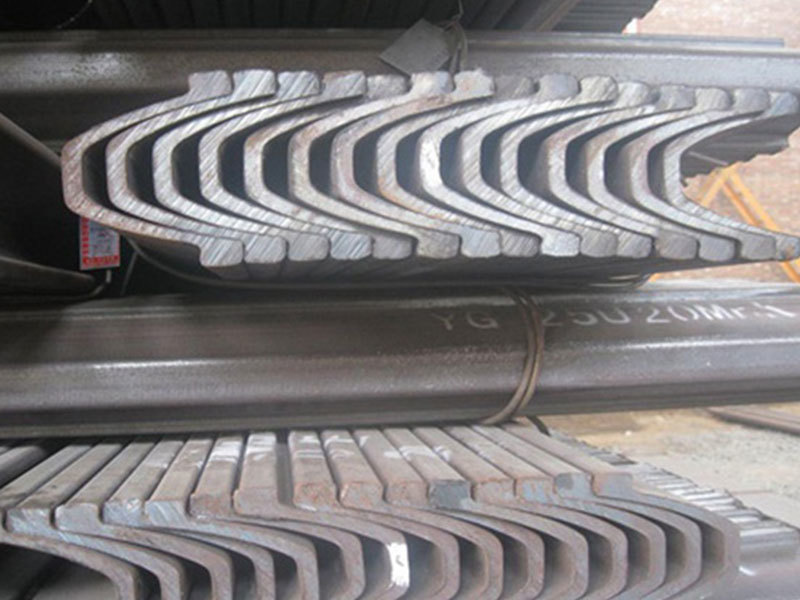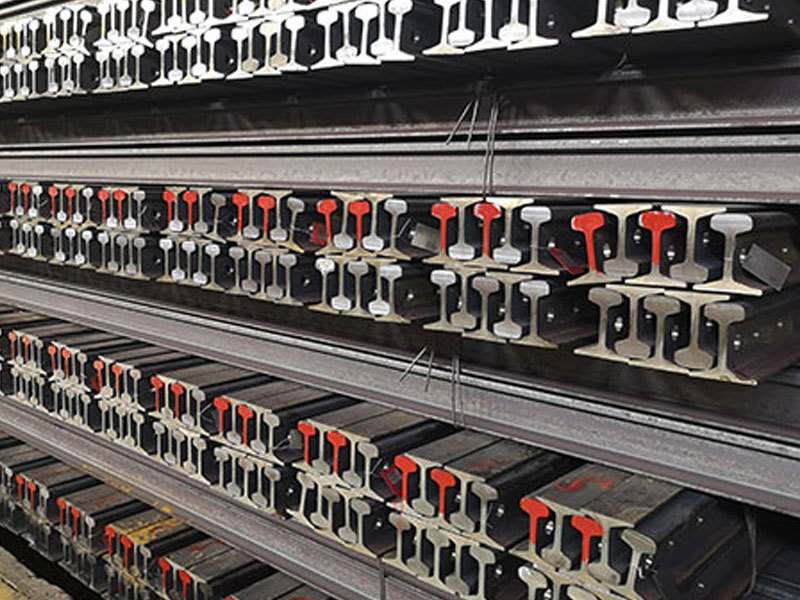Do you know how to handle these discarded heavy rails?
Do you know how to handle these discardedheavy rails? Can they be recycled? Let's find out together!
There is no doubt that railway heavy rails also need regular maintenance. The stability of the tracks and the smoothness of the rails for high-speed trains must be controlled within 1mm; otherwise, vibrations will occur during operation. Therefore, if the wear level of a certain section of railway heavy rail exceeds the standard, engineers will be notified to disassemble and replace it. The amount of railway heavy rails removed each year is not a small number.
Most people would think that these rails would be refurbished, which would not only reduce the cost of manufacturing new rails but also recycle steel resources. However, in reality, these railway heavy rails are directly scrapped because the existing heavy rail manufacturing technology cannot be recycled in ordinary factories; only purchasing expensive electric furnace equipment may allow for remelting. But this not only consumes a large amount of electrical resources but also increases transportation and storage costs.
Additionally, there is a significant technical issue. Currently, the secondary processing technology for rails in the country is not very mature. If one blindly attempts secondary processing of heavy rails, the result is likely to be unsatisfactory. Therefore, the recycling path is unrealistic. So are these heavy rails just thrown away? Not really, as these heavy rail steels belong to the country's special steel products and are made from good materials. They are not easily rusted when placed outdoors and can withstand hundreds of tons of pressure without deforming, so these waste steels will certainly not be piled up in a garbage heap to corrode. Generally speaking, there are two methods to handle this type of steel.
First, temporarily store these railway tracks within the station, and if there is an emergency, take them out as temporary backup tracks. The other method is to manufacture other specialized equipment, such as giant cranes in steel mills, etc. Although the remelting cost of railway heavy rails is very high, the manufacturing cost of these specialized devices is also high enough to balance the cost of track remelting. Of course, another important reason why China can digest so many waste heavy rails is that China's current industrial strength has a huge demand for steel, and the replaced railway heavy rails can always find suitable processing methods.
Tag:
recommend News
Saint Ark explains what light rail is.





